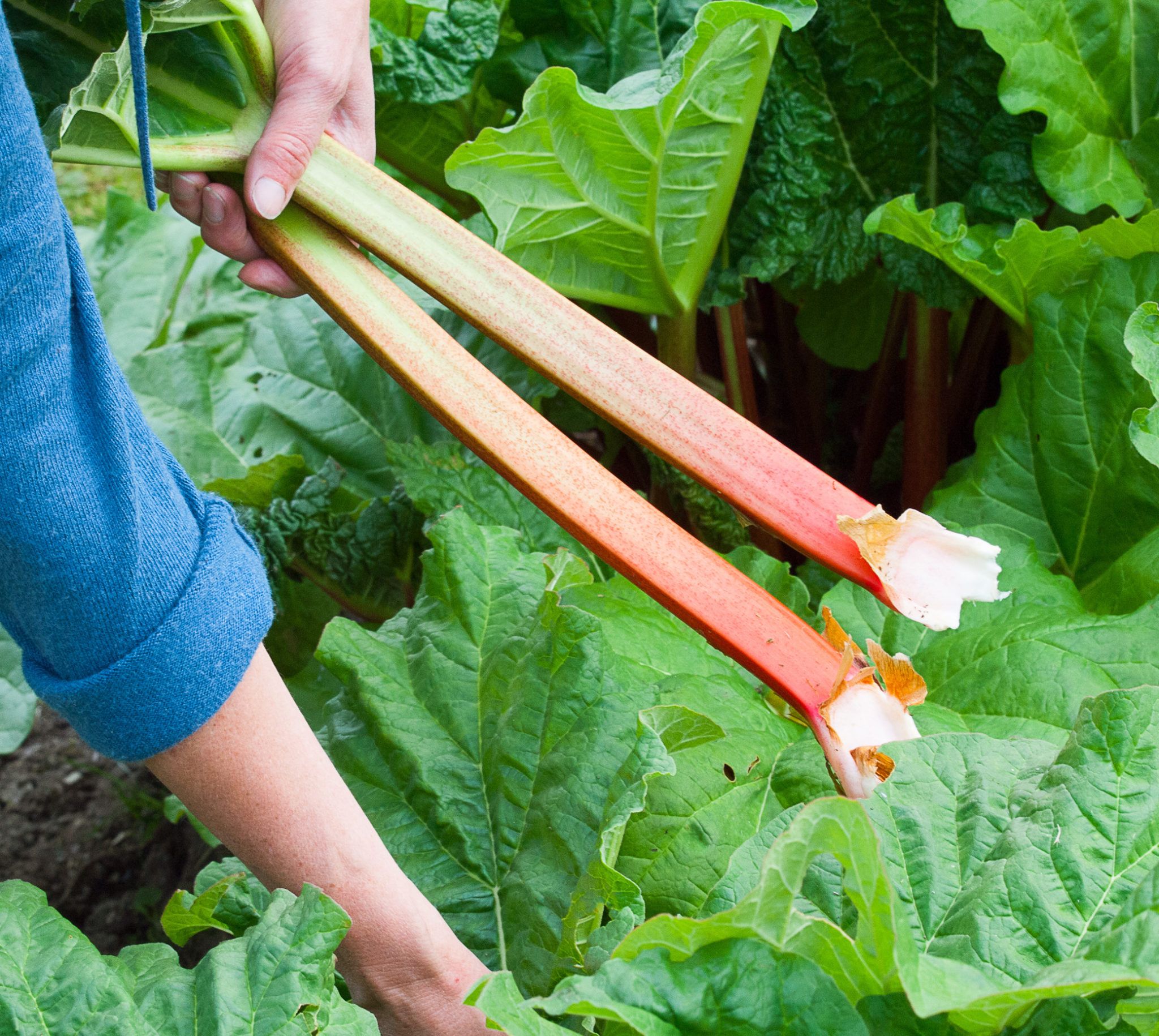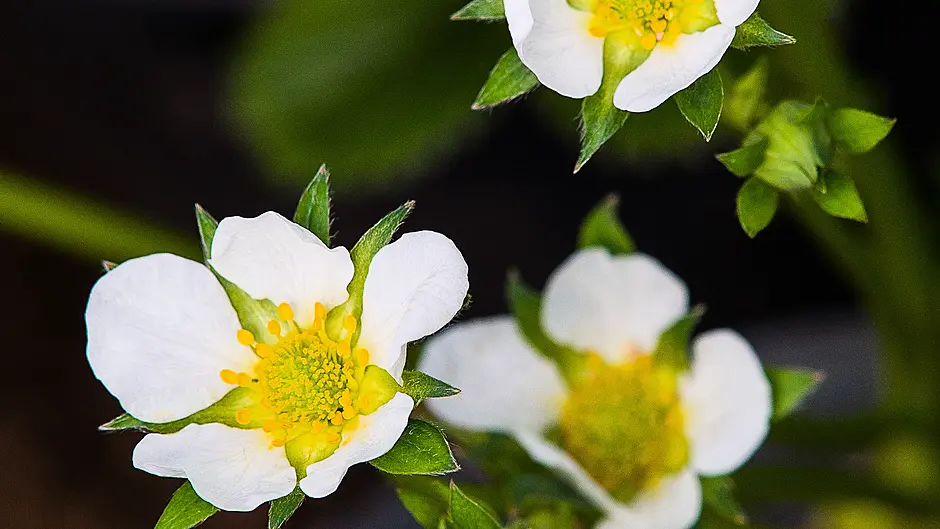TEMPERATURES have settled a lot in the last couple of weeks and we have had some lovely sunny days. Most plants are thriving with the warmer conditions and it is easy to be complacent. I hope that we have passed the date of the last frost at this stage, but it always pays to keep an eye on the weather forecast. On which note, I was surprised to hear a warning of possible blight conditions in the first week of May. This seemed extremely early for blight spores to be in the air, but it always pays to take note and protect any emerging potato tops, and small tomato plants, from this destructive disease.
Remember to water pots and containers in any dry spell. You may need to water raised beds too – these can drain quickly and it only takes a few hot days before small plants start to suffer.
Strawberries
Strawberry plants are full of flowers now and anticipation starts to build for a bumper crop. If you grow plants under cover then some fruits may already be starting to swell and ripen. Make sure to keep soil moist if you want large plump berries and it’s a good idea to use a liquid feed every seven-10 days to help plants crop at their best. Use a tomato feed that is high in potash rather than anything that is simply a nitrogen boost.
Strawberries are high on the food list for many creatures. If you want to eat the crop in good condition then take a few protective measures:
- Birds love ripe berries! Put a net over all plants and weight it down well along the edges. Make sure the net is high enough that birds can’t peck through and reach ripe fruits.
- Ants can be a nuisance too, although they do tend to go for fruits that are already damaged. Physical removal of a nest, or flooding with water, can both help control this problem.
- Slugs and snails can be deterred if fruiting stems are raised up from the ground on twiggy branches. This doesn’t put berries completely out of reach, but fewer will be damaged than if they are left trailing on the ground. Organic approved slug pellets, based on ferric phosphate, do a good job of protecting plants.
Delicious rhubarb
Rhubarb often gets forgotten about when other high value fruits start to crop. Make the most of these delicious stems now and make crumbles, pies and puddings to keep the family happy. Rhubarb freezes well and keeps for ages. Simply cut clean stems into chunks and pack into bags for use when the garden is less productive.
 Keep picking rhubarb at this time of year.
Keep picking rhubarb at this time of year.
Plants do need lots of water if they are to crop well. They also benefit from a layer of manure in the spring and it isn’t too late to mix up a liquid feed and apply that if plants look weak. Plants often grow some thinner stems among the thicker ones. These still taste good, but it’s a sign that the plant is under stress. Feed and water as described and leave thin stems untouched until thicker ones start to grow. Don’t strip plants – they need some leaves to put energy back into the crown so next years crop can grow healthy and strong.
When to remove winter brassicas?
Kale and sprouting broccoli plants have been trying to flower for weeks. We respond to this by picking out the delectable shoots for use in the kitchen before they open flowers. It can be hard to keep up with harvesting and harder again as the season progresses. Shoots turn tough and woody as they start to flower so there comes a point where we give up and say ‘that’s that for the harvest this year’.
There is one other use for these plants before they head to the base of a compost heap. Flowering brassicas are always full of bees. Other insects love them too and the sound of buzzing around the yellow blooms can be loud indeed. The flowers draw a whole host of pollinators to your garden and while they are at it the apples, cherries, pears and berries will all get some good pollinating attention too.
If you need the bed for other crops then lift the plants and lay them on the ground under your fruit trees for a week or so. If you don’t need the bed, then leave the plants flower where they are. You can even save seed from one or two of the best plants to use again next year.
Remember basil!
The easiest way to grow this herb is to buy in a couple of kitchen plants from the supermarket. Split each one into clumps of two or three stems and grow on in pots until ready to plant out.
 Flowering broccoli attracts lots of pollinators.
Flowering broccoli attracts lots of pollinators.





